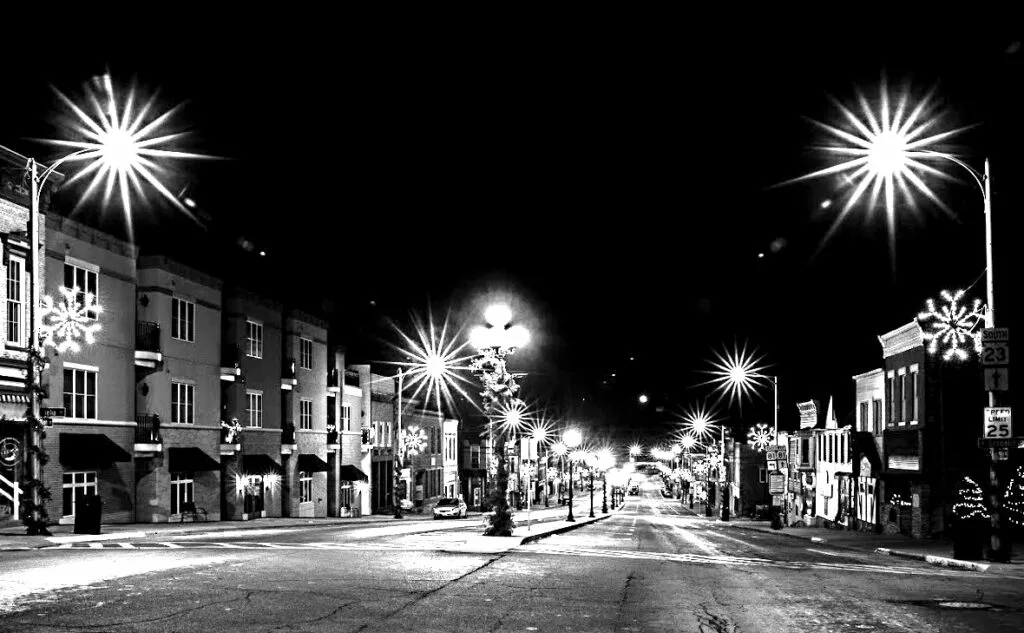
Client:
Location:
As direct result of the Devil’s Lake State Park Sewer System Evaluation (DFD 10B30) completed by Vierbicher, the WDNR prioritized the replacement of sanitary sewers to address deteriorating conditions, infiltration and inflow, and provide reliable service for the park patrons.
The existing sanitary sewers were located in high use areas of the park. The original construction of many of the sewers dates back to the 1930s and, as a result, there are significant sized trees near the sewers. Open cutting for sewer replacement would impact use of the park as well as historic trees.
Televising inspections were completed to determine the conditions of the sewers. Based on this information, trenchless rehabilitation technologies, such as Cured in Place Pipe liners, were utilized where sewer conditions allowed. Manholes were rehabilitated as well. Manhole rehabilitation included replacing lids with concealed pick holes, installing chimney seals, and full replacement where warranted.
The use of trenchless technologies along with traditional open cut replacement resulted in sewer rehabilitation with the least impact to the park’s users and historic trees. Along with manhole rehabilitation, the sewer work eliminated deteriorated sewers and significantly reduced infiltration and inflow into the sewer system.
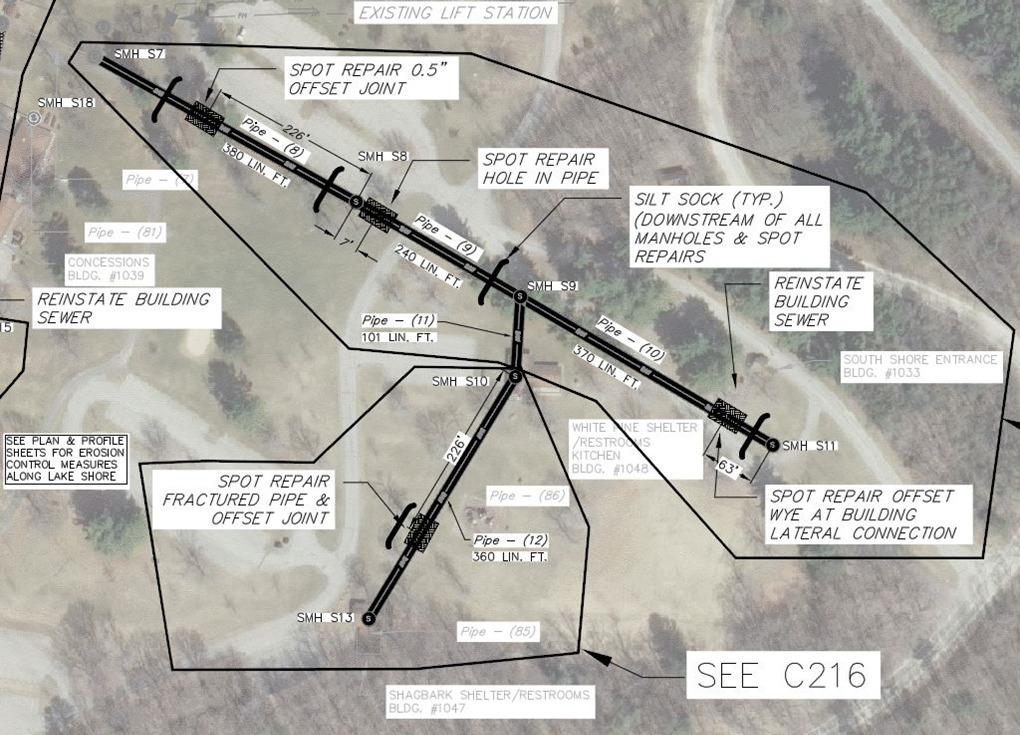
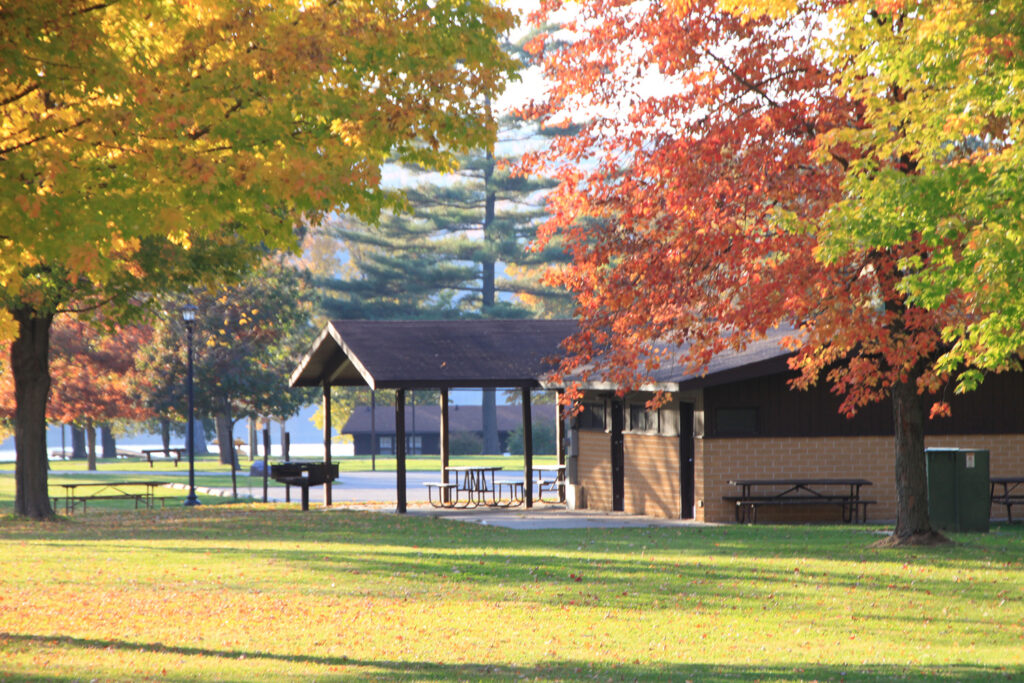
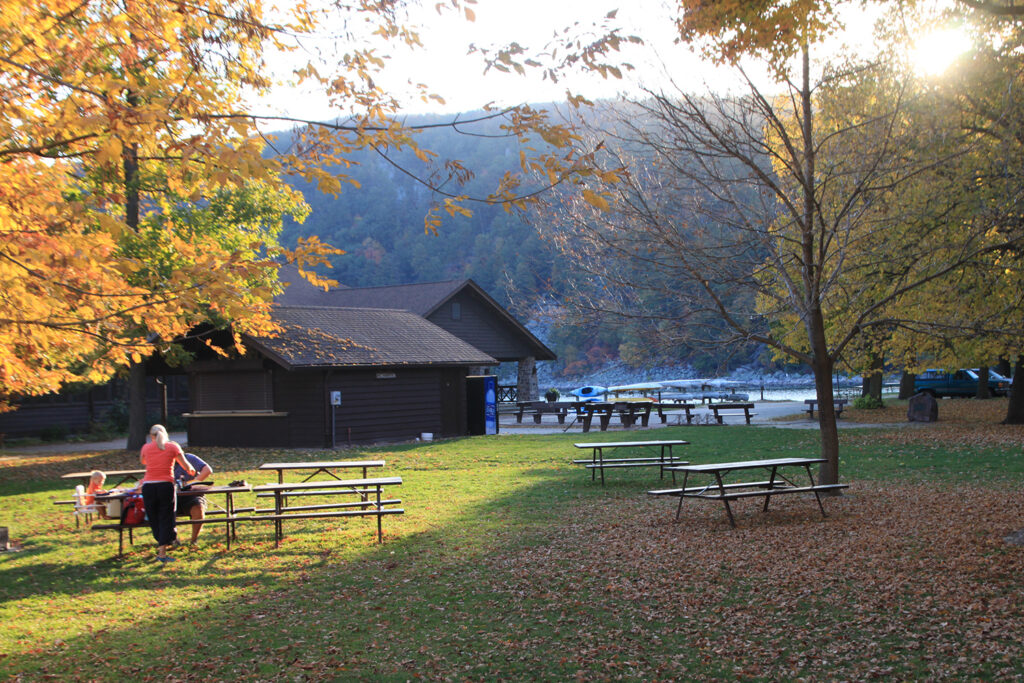
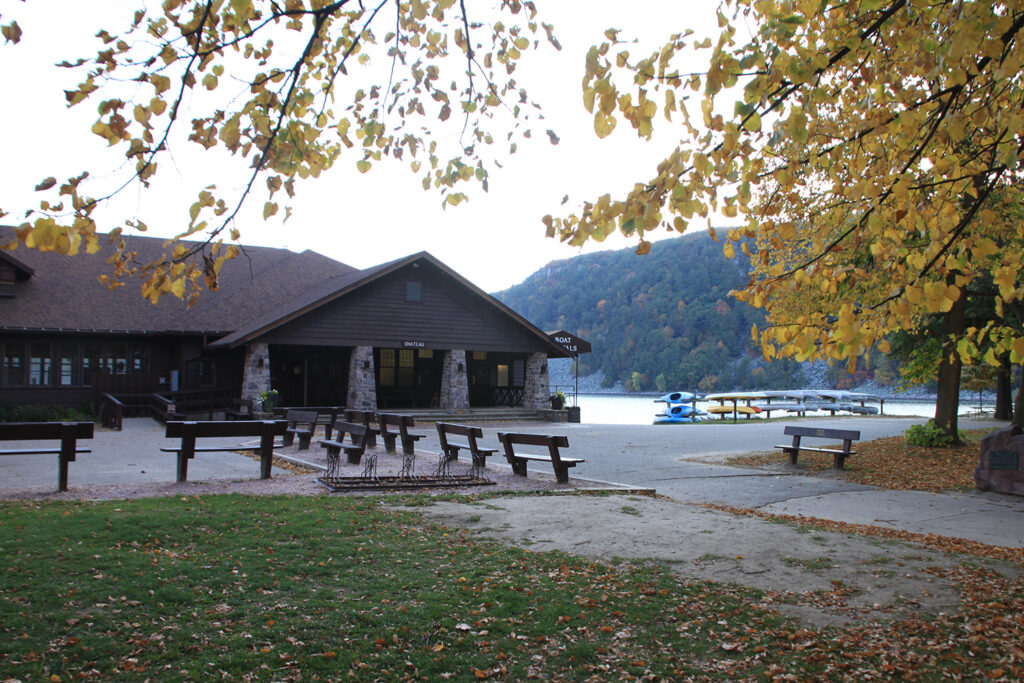
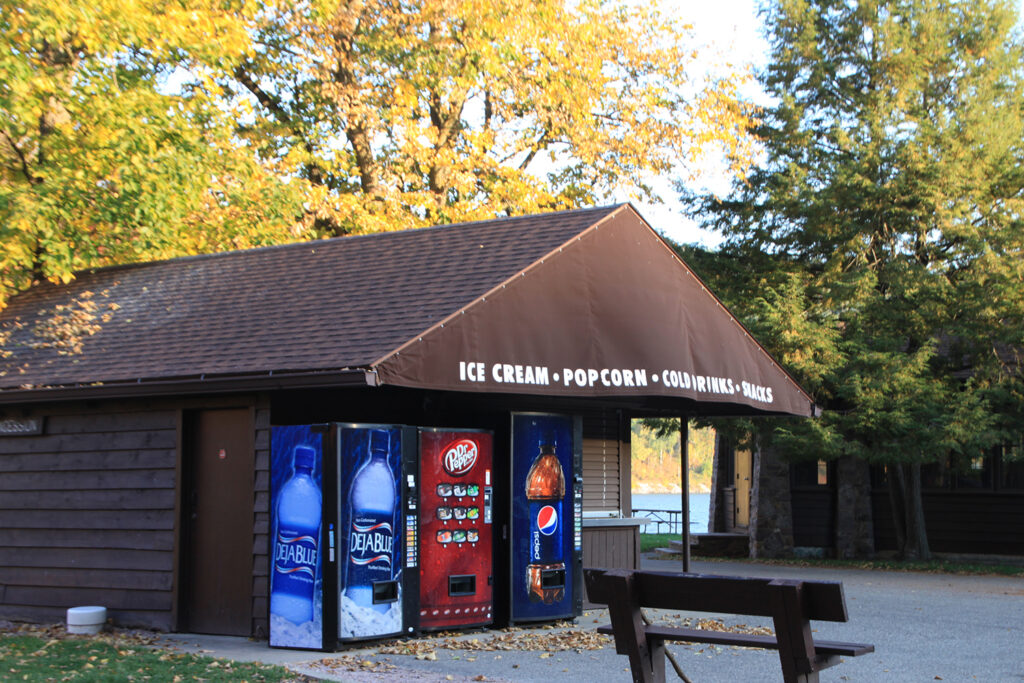
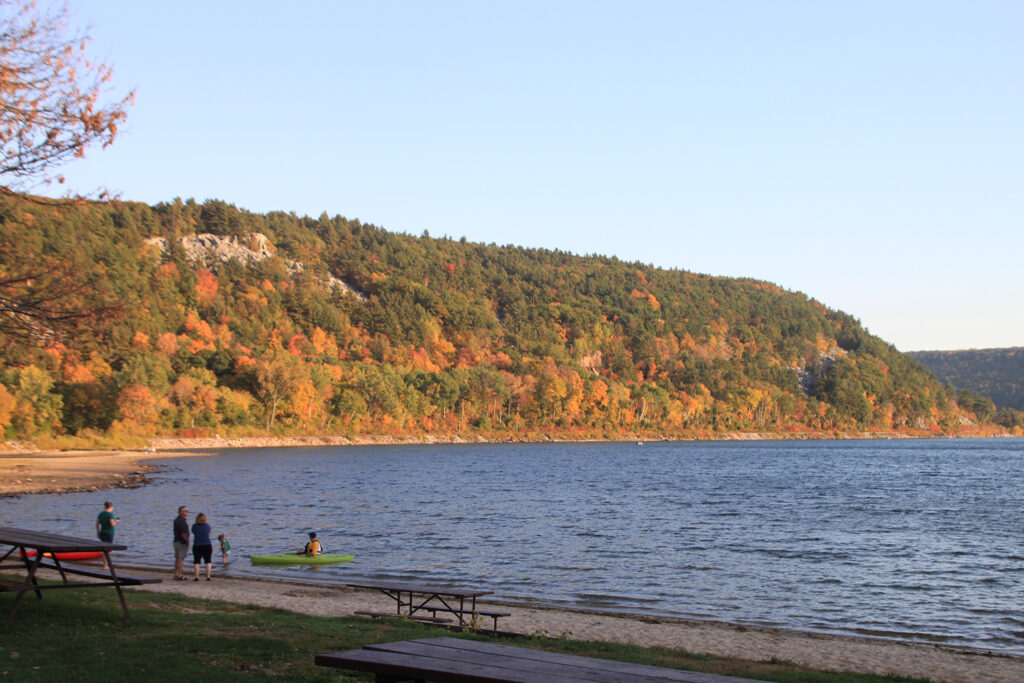
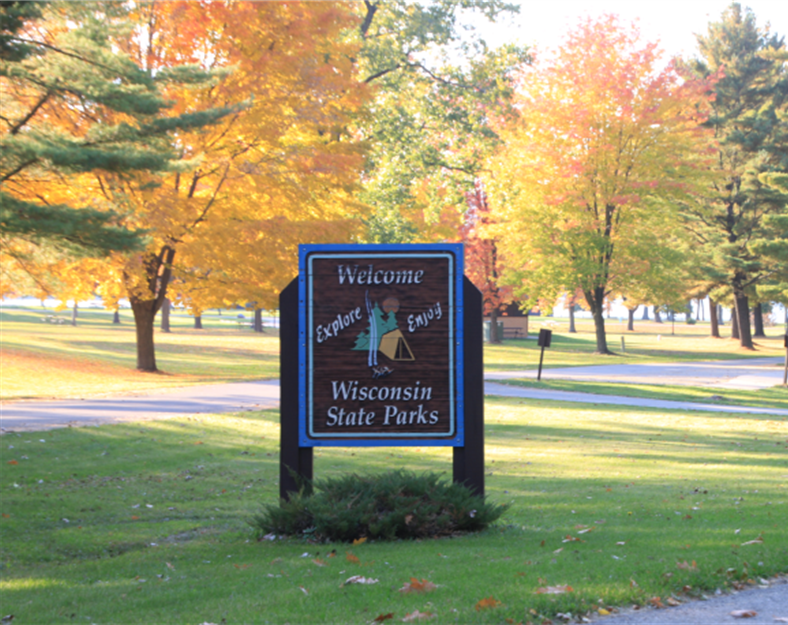
As direct result of the Devil’s Lake State Park Sewer System Evaluation (DFD 10B30) completed by Vierbicher, the WDNR prioritized the replacement of sanitary sewers to address deteriorating conditions, infiltration and inflow, and provide reliable service for the park patrons.
The existing sanitary sewers were located in high use areas of the park. The original construction of many of the sewers dates back to the 1930s and, as a result, there are significant sized trees near the sewers. Open cutting for sewer replacement would impact use of the park as well as historic trees.
Televising inspections were completed to determine the conditions of the sewers. Based on this information, trenchless rehabilitation technologies, such as Cured in Place Pipe liners, were utilized where sewer conditions allowed. Manholes were rehabilitated as well. Manhole rehabilitation included replacing lids with concealed pick holes, installing chimney seals, and full replacement where warranted.
The use of trenchless technologies along with traditional open cut replacement resulted in sewer rehabilitation with the least impact to the park’s users and historic trees. Along with manhole rehabilitation, the sewer work eliminated deteriorated sewers and significantly reduced infiltration and inflow into the sewer system.
Madison
Prairie Du Chien
© Vierbicher Associates, Inc 2024